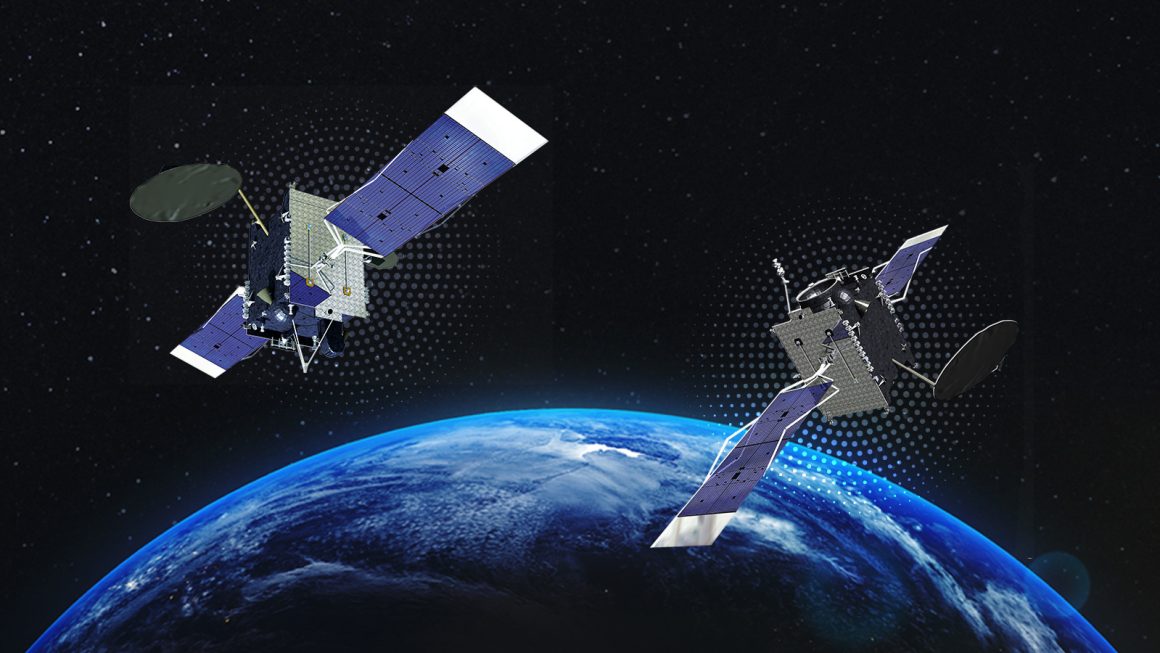Non-Terrestrial Networks (NTN) have been a consistent topic of discussion in the last few years. The surge of Low-Earth Orbit (LEO) constellations became famous after Starlink started launching satellites in 2019. Since then, a strong feeling that NTN will be essential for ubiquitous connectivity has been building.
Ken Takagi, Director of Business Development at Intelsat, has watched it all unfold since joining the American company in 1993.
In this interview with TelcoForge, Takagi says he is excited about the possibilities the future brings for satellites. However, he also highlighted the challenges and next steps for the NTN industry entering this new era.
TelcoForge: How do you see the Non-Terrestrial Networks market today? How do you see this evolution from the past five years to now?
Ken Takagi: NTN has historically been based on proprietary technology. It’s only fairly recently that the industry has talked about standards.
As an industry, we’ve worked with 3GPP to get satcoms (satellites for communications) recognised and accommodated in these 3GPP standards, starting with release 17 and now into 19.
At Intelsat, we feel it’s extraordinarily important that the industry evolves to a standards-based approach or a framework. And it aligns with a number of trends, right?
What trends?
First of all, you’re seeing a lot of NTN interest in the world. Part of it is driven by some new players and new applications. But the underlying theme is that terrestrial, mobile, and other fibre networks only ever covered so much of the world’s surface. There’s a big chunk where you have no access to connectivity through terrestrial means.
In parallel, the importance of the internet to our lives has dramatically increased. The need to connect when you’re outside of the coverage reach of a terrestrial network, including in mobile situations, the value of that has dramatically increased.
In those situations, whether you’re mobile or in a rural location, the only cost-effective way to connect is over satellite.
What’s driving this interest in NTN?
We’ve seen an influx of investment in technology that is dramatically improving satcoms and making them a lot easier to access.
For example, the satellite antenna has transformed. Previously, we had a lot of parabolic antennas. You needed professional know-how to point and establish communications. Today, you have electronically steerable flat-panel antennas.
Now, the issue of proprietary technology has still been nagging because it really limits the number of users. It limits our ability to efficiently offer services and capacity to the users on the ground.
This is where the standards come into play. We announced as early as 2017 or 2018 that we [Intelsat] would be a 5G-based satellite company. And we have been pioneers in 5G.
We’re also looking at developing a commercial framework for 5G services. One example is that we recently announced a partnership with SoftBank of Japan. This is a collaboration to test and demonstrate the interoperability between a terrestrial 5G network and a non-terrestrial 5G network.
We’re aiming to build a satellite terminal that could be on the vehicle. The car could start driving in a city location, connect to a terrestrial cellular tower, and when it loses the cellular signal, the terminal switches automatically to satellite.
It’s a single terminal that can connect to either terrestrial or non-terrestrial with a single identity, a single SIM identity. Effectively, that terminal will be roaming between a terrestrial and a non-terrestrial network.
If we can achieve that, then we can offer a truly ubiquitous networking solution to our customers.
As you said, there’s a lot going on, especially because it’s such a recent area. Do you feel that there are lessons already being learned that we can apply for future developments and advancements?
I think it’s relatively early days to say we have lessons learned. Some of the challenges we’re experiencing come from the fact that some of the technology partners that we work with are used to terrestrial cellular networks. They’re trying to adapt their technology for NTN. Others are coming from the satellite space, and they’re trying to learn 5G mobile network technology. Neither quite get it right. When you try to put them together, they don’t quite work.
It’s nobody’s fault. Everyone’s learning as we go. It’s just understanding that we come from different places.
The good news is there’s nothing that’s come up that’s not been surmountable today. I think anyone coming in, especially in these early days, is going to need to understand that it’s not just a case of plugging one piece of equipment into another, and it’s just going to work. Even the terrestrial mobile network operators and their ecosystem took a while to get their act together.
It seems to me that the biggest problem in telecommunications is not the technology itself. The point is that sometimes people don’t talk to each other. Do you feel it’s the same for the NTN industry?
I think there’s definitely room for more communication. We talk to technology partners a lot already and work through problems together. Obviously, in dialogue with other satellite operators, we have to be cautious of any antitrust implications.
But within that, I look at the mobile network industry and how they’ve managed to get their act together as competitors, but developing their networks around the same standards. I think there are lessons to be learned from how that came together over time as well.
There’s a great use case of how the terrestrial network operators worked together while competing with each other and created this fantastic ecosystem that’s just been growing double digits for a long period of time.
What do you and Intelsat expect for this year?
We’re continuing to work with our technology partners to refine the technology. But the good news is more technology is becoming available to us. I think this is a validation year.
We’re beginning to see the first versions of g-nodes that are NTN-capable. We’re seeing prototypes becoming available. We can extend the network to space.
The terminal technology still has a ways to go. But the pieces are beginning to become available to us. With that, we can test in a live environment and then start understanding what’s good, what’s bad, and what needs to be fixed. There’s a lot of validation activity going on.
There’s also a bigger framework that needs to be put in place for 5G and NTN to work commercially. The discussions and the collaboration we have with SoftBank help to a degree.
It’s not just the fact that you can get a 5G signal on a satellite and have a 5G terminal with a 3GPP SIM in it that will get your signal to the core. But how do the cores interact? How does the roaming relationship work? Does it work the same way as terrestrial-to-terrestrial roaming?
And then, assuming it works, how do you scale? 5G itself brings a lot of benefits to satcoms, but a chunk of the benefits are tied to the systems behind 5G and OSS/BSS systems. There’s an upgrade of systems required, and some modification of the systems is required.
Again, we probably understand the technology more than the business. It’s a learning experience. This is why it helps to partner with existing MNO operators like we are doing with Softbank.
We may partner with other commercial entities as we move forward so that we can learn from each other and accelerate the process of getting that overall ecosystem set up and in place so that our customers can confidently use the 5G and NTN services that we offer.



